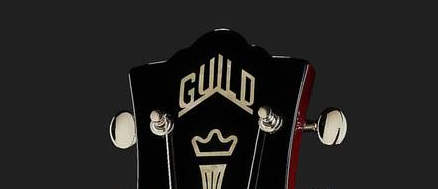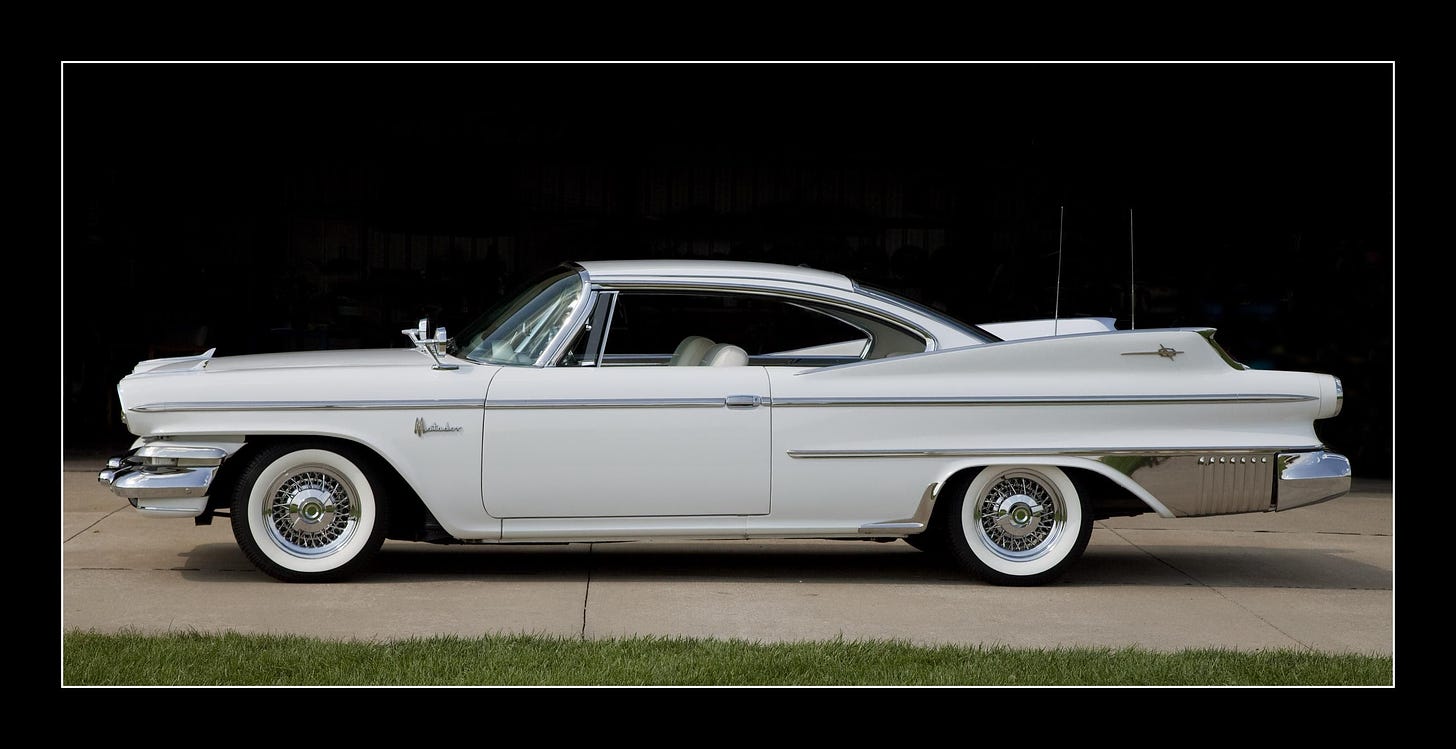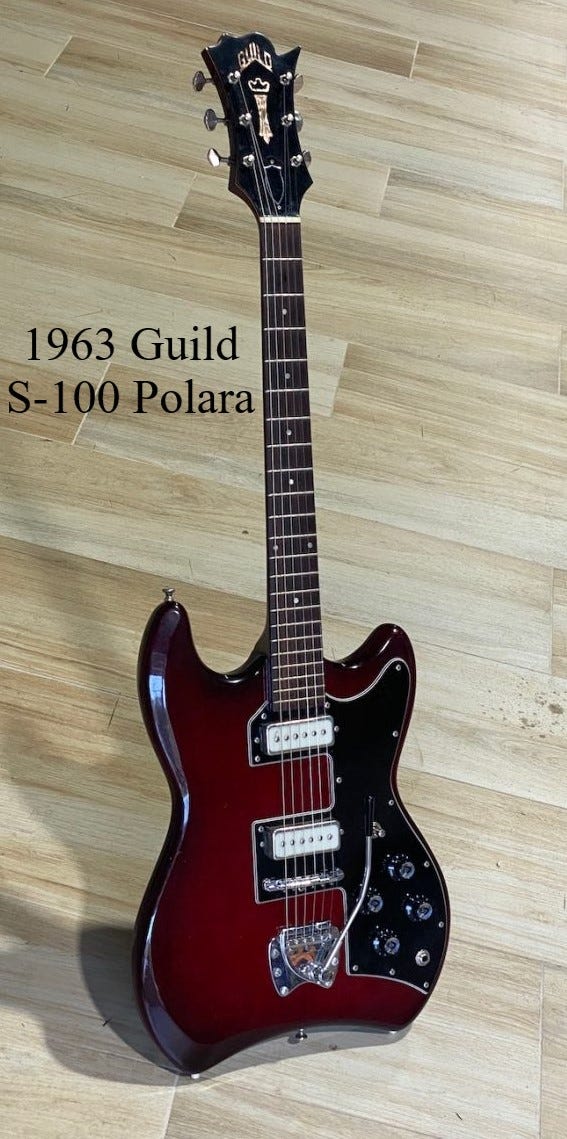Guild Guitar Company was formed in 1952 and began production of full-depth hollow body electrics in 1953 followed by flat tops in 1954, and acoustic archtops in 1955 (A-series).
The founders of Guild were Alfred Dronge and George Mann. Dronge immigrated from Poland as a child with his parents and they settled in Manhattan in 1914. By his early 20s Dronge was an accomplished guitarist and eventually went on to partner in a retail music store and repair shop in 1945- Sagman & Dronge in Manhattan.
Dronge bought out his partner after two years and sold the music store shortly thereafter. He was onto another venture… making a killing importing and distributing accordions during the post WWII accordion boom.
Mann was a former VP with Epiphone and didn't make the move when Epiphone relocated the company from Queens to Philadelphia in 1952 after a 4-month union strike. He and Dronge were old acquaintances from Dronge’s retail days.
Mann reached out to Dronge and suggested that between the two founders and their connections it was a good idea to start a guitar manufacturing business. Mann also realized there were plenty of former Epiphone craftsmen who stayed behind, making it that much easier to hire an initial workforce and jumpstart operations.
So in 1952 the guys formed the Guild Guitar Company in Manhattan. The partnership didn’t work out for Mann and he left the business after one year. Dronge carried on and built a solid reputation for Guilds in the jazz and acoustic community.
Before 1963 Guild did not have a solid-body electric and to compete with Gibson and Fender the time was now. Guild came out strong with the 1963 introductions of the S-50 Jet-Star, S-100 Polara, and S-200 Thunderbird. All were quite funky.
The late 50s and early 60s was prime-time for the U.S./Russia space race and American cars that were also the size of spaceships. The Polara name is a reference to the Polaris star, and it was also the name for a ginormous car that debuted in 1960, the Dodge Polara.
Produced from 1963 to 1970 before dropping the “Polara” from the model name this creation had its own built-in stand on the back of the body held in place by a magnet. I suppose the recessed lower bout and pegleg risers were there to allow the guitar to actually stand on its stand.
There is a Hagstrom connection with this and the original Thunderbird as both have a Hagstrom tremolo system. (Additionally, the Starfire I and II basses used Hagstrom Bisonic pickups beginning in the same year.)
1963 S-100 Polara specs: Mahogany or alder body, Mahogany neck, Rosewood fretboard, Two Guild single coil pickups, 2 volume and 2 tone controls, 3-way switch, KICK-STAND





